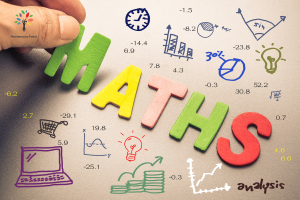
Over the years, we’ve thought a lot about the steps one needs to take to go from beginner to expert at teaching math. It wasn’t enough to explain or demonstrate something extraordinary. Teachers needed to get excited about how a change could help them and their students, and then have a concrete, manageable step to take. And from there, another step, and another, each one giving them positive feedback on what’s possible in the math class.
We began to think of these manageable steps as rungs on a ladder. And our ladder of professional development began to take shape.
Step 1: Mathematical Openers
Openers are fun, engaging, and have obvious, massive benefits in terms of student understanding, engagement, and impact on classroom culture. And they only take 5 – 10 minutes, so they’re basically risk-free! This is something that every teacher can (and should) start doing tomorrow.
Step 2: Games
Everybody loves games, and they can engage students while also motivating them to practice skills. But if you choose the right games, and implement them thoughtfully, they can lead to deeper questions and more profound mathematics too. Turning on the curiosity primes Step 3.
Step 3: Rich Tasks
Doing rich tasks is really about doing mathematics. This is the fundamental goal of math class: get students thinking and doing math. But if you’ve never experienced it, it’s hard to explain what this feels like. That makes this the toughest step, and the more your students have done openers and games beforehand, the more ready they’ll be for rich tasks.
We organized the lessons we share at mathematicspointt.com to reflect this structure: start with openers, then games, and then try rich tasks. It’s reflected in our professional development workshops too.








